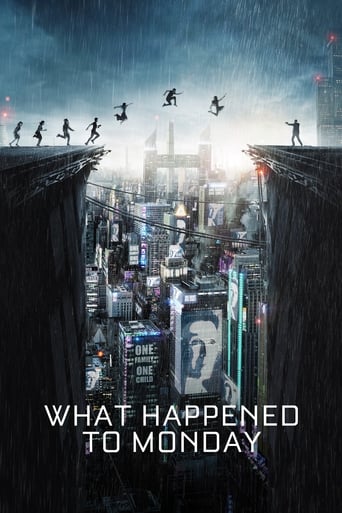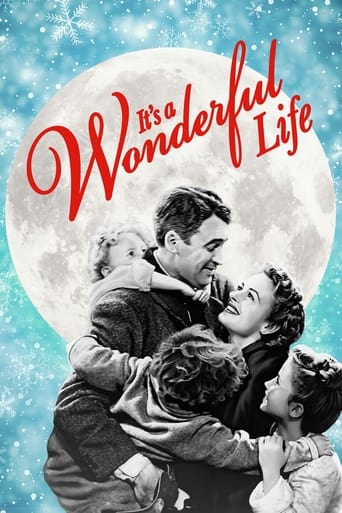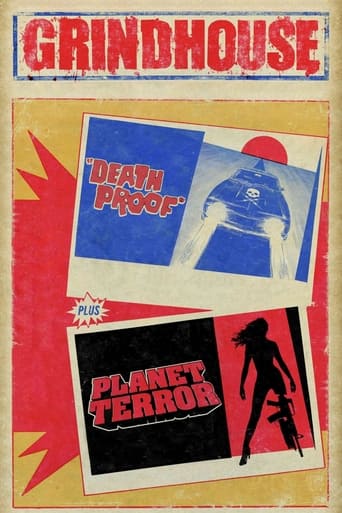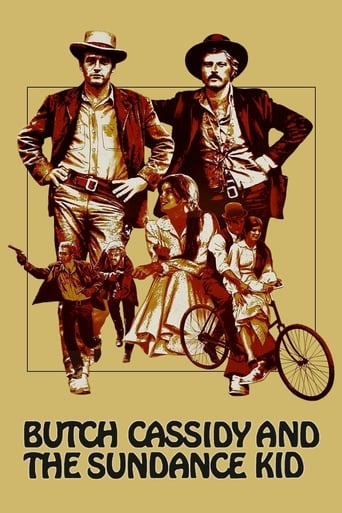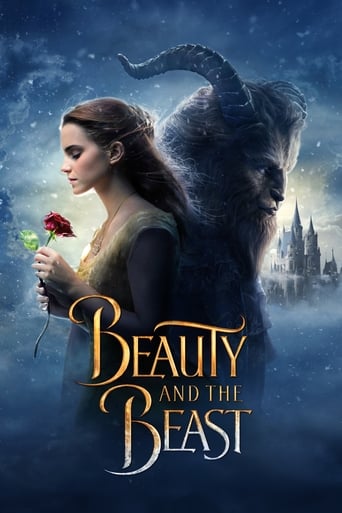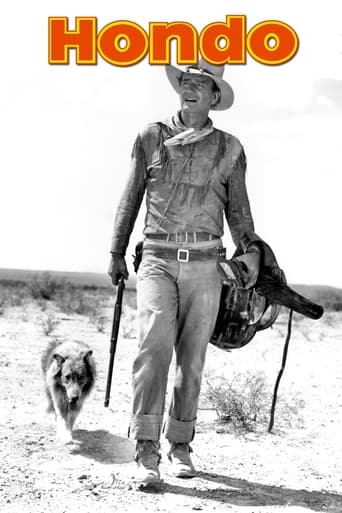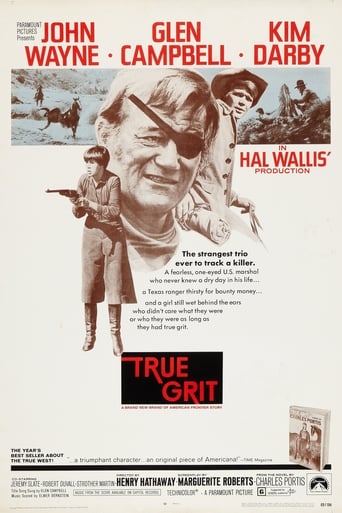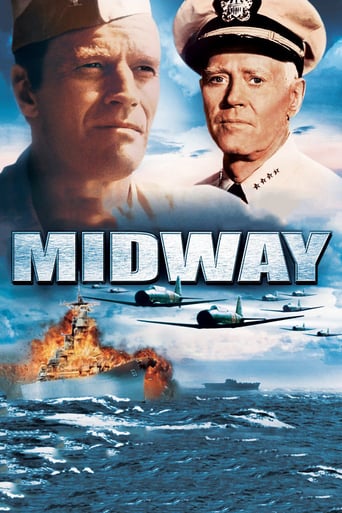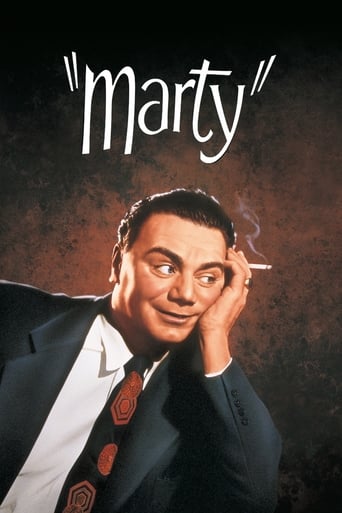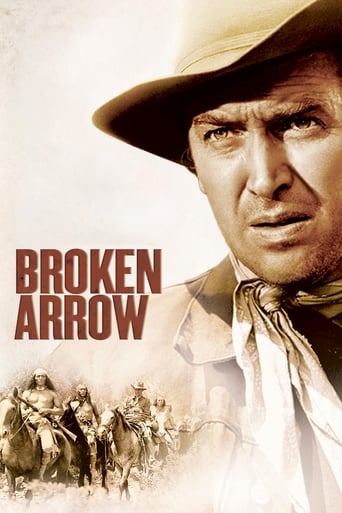


Broken Arrow
Indian scout Tom Jeffords is sent out to stem the war between the Whites and Apaches in the late 1870s. He learns that the Indians kill only to protect themselves, or out of retaliation for white atrocities.
-
- Cast:
- James Stewart , Jeff Chandler , Debra Paget , Basil Ruysdael , Will Geer , Joyce Mackenzie , Arthur Hunnicutt


Similar titles

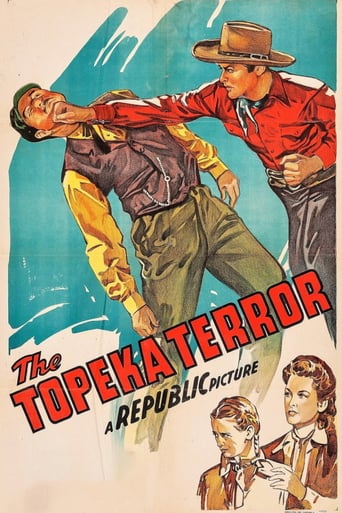
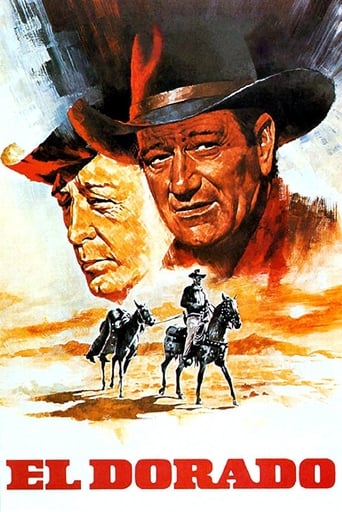
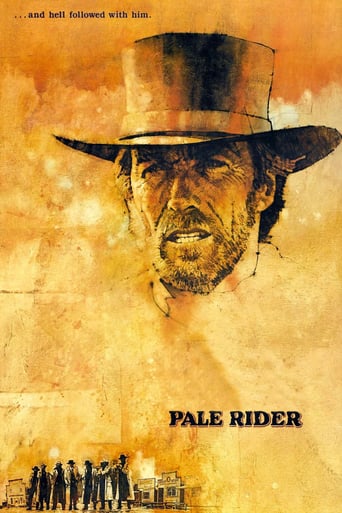
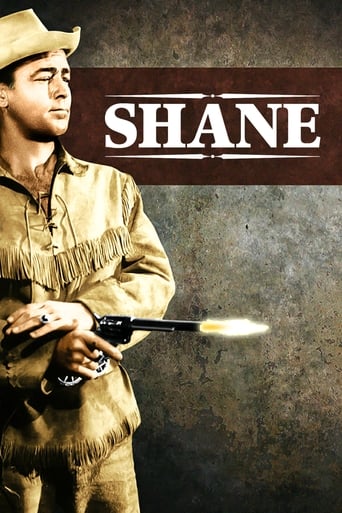
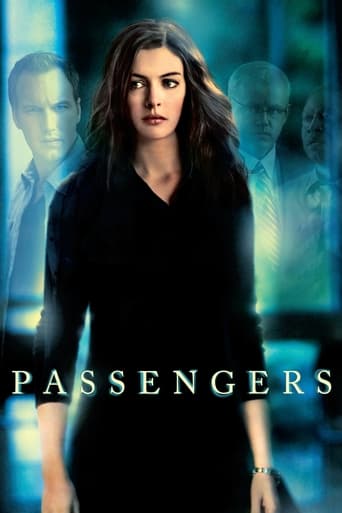
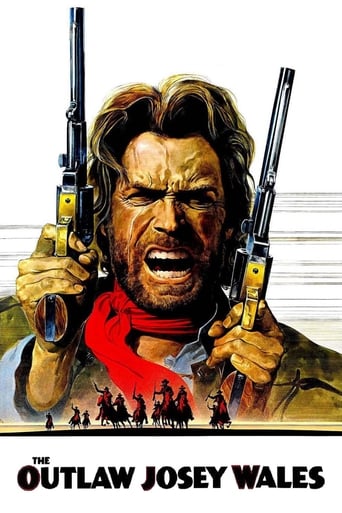
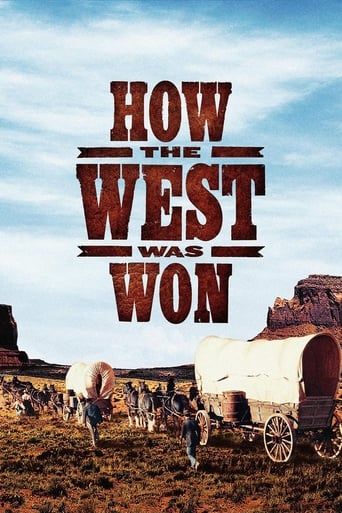
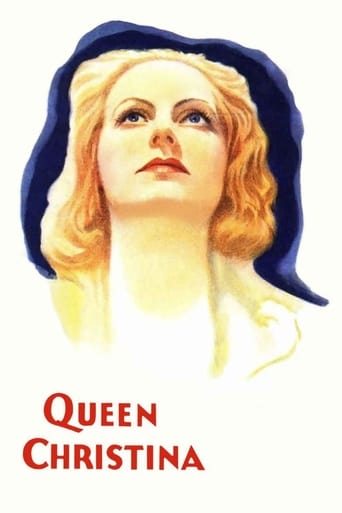
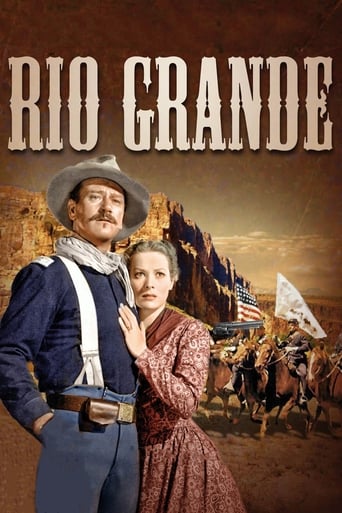
Reviews
Very well executed
Best movie of this year hands down!
Admirable film.
Absolutely Fantastic
There are several reasons why Broken Arrow is better than your average Western. James Stewart is better than your average Western hero, Debra Paget is smoking hot; hotter than most of those broken down bar girls featured in most Westerns, and Jeff Chandler has the role of his career as Cochise (a role he was so good at; they featured him TWICE in TWO films about Cochise). The cinematography is gorgeous, and the production values are fairly decent. I recommend this tale of Cochise and Tom Jeffords (actual historical figures) with creative film license.
According to this film, among the Apache, the breaking of an arrow in half was symbolic of a truce agreement. I understand this was actually a custom of the Blackfeet, not the Apache. The Chiricahua Apache, under Cochise and several other leaders, had been waging guerilla warfare against white intruders for at least a decade. The whites demanded protection from the military, who had been mostly ineffective, because of the rough terrain. A gold prospector and would-be peace emissary named Tom Jeffords(Jimmy Stewart) happened upon a wounded Apache boy and nursed him to health. This proved to be his ticket to talk to Cochise(Jeff Chandler) Initially, he finally extracted a promise not to bother the mail carriers who had to ride close to Apache territory. Later, he finally extracted a promise to consider a general truce, provided the terms met his approval. General O. Howard was sent by President Grant(this being 1872) to extract a peace treaty from Cochise. Jeffords guided him to meet with Cochise, and a treaty was signed, giving the Apache control of most of the SE corner area of Arizona territory. But soon some whites who really hated Apaches sprung an ambush on the little party of Cochise, Jeffords, and Jeffords' new wife: Sonseeahray(Morningstar)(Debra Paget). Cochise escaped, and later killed several of the ambushers, but Jeffords and Morningstar didn't find cover fast enough, Jeffords being knocked out by a bullet and left for dead, and Morningstar being killed. Later Jeffords 'wakes up', seemingly with no wound that would cause him to faint. Both Jeffords and Morningstar were crazy to fully expose themselves to multiple rifles, running toward the ambushers. Morningstar was brandishing a knife, so what did she expect?:A very awkward, if crucial, scene.This film is rather unusual for its times in several respects. Firstly, at a time when most westerns were still shot in B&W, it was shot in Technicolor, providing many colorful backdrops from various locations in AZ. Second, it tells the story more from the Native American perspective, as opposed to the usual European viewpoint, still rare, but not unique, at this time(Think "Fort Apache").Thirdly, most of the main characters are based on real people and how they actually interacted with each other. This included General Howard, as well as Jeffords and Cochise. However, Geronimo(Jay Silverheels),as the leader of the treaty-rejecting faction of Apache, didn't really fit into this historical context. Unfortunately, the treaty only lasted 4 years, before an incident caused the territorial whites to demand that the Apache be removed from their area and resettled in a reservation. During this time Jeffords was their government agent. Cochise lived only 2 of those years, dying of natural causes. Unfortunately, nearly all treaties between Native Americans and the US government were short-term expediencies, with the understanding by the US government that eventually all tribes would be confined to reservations, usually far from their traditional homeland, and where useful resources were few. General Howard was later assigned to try to keep the peace in eastern Oregon and Washington. The story of his interactions with Nez Perce Chief Joseph is told in the film "I Will Fight No More Forever": a famous quote from Joseph. Howard was the ideal military commander and treaty negotiator to sue for peace in both these instances. He was unusually tolerant of the Native American viewpoint. Incidentally, he was also a leader in promoting actual equal rights for African Americans, and was a cofounder of Howard University, in Washington, D.C.. If you look closely, you will notice that Howard is missing his right arm, which happened in one of the many Civil War battles he fought in. I found no record of the existence of Sonseeahray,thus assume she is probably fictional. I thought Debra played her a little too wooden and formal. Five years later she again played the lead Indian maiden, again with a rather wooden performance, in "White Feather", with a rather similar plot to the present film, but involving the Cheyenne. Some reviewers comment on the great age disparity between Debra and Stewart as bordering on pedophilia. Occasionally a producer wanted a very young actress to play the romantic lead with an aging male icon who was still very popular. As another example, back in 1941, 16 year old Joan Leslie played a romantic partner, in separate movies, for Gary Cooper and Humphry Bogart, both born at the turn of the century, thus 25 years older than Joan. The producers presumably assumed that very young actresses would be equated by audiences with naïve virginal maidens. In "White Feather", Debra was, more appropriately, only 3 years younger than her costar who, however, lacked Stewart's charisma.Debra and Jeff didn't really fool us as bona fide Apache. Just as whites sometimes were made up to resemble African Americans in musicals, usually the lead Indians in westerns in this era were played by whites, for whatever reason.I don't want to end without mentioning Will Geer, who played the main Apache-hating villain. Will had quite a diverse life, sometimes serving as a folk singer, live theatrical entertainer , political agitator, and botanist, in addition to film and TV assignments. Here, he's just the bad guy, who can't forgive the Apaches for their past transgressions. Will had a major role in another western released in 1950, also shot in Technicolor with spectacular AZ scenery in the background, also largely from the Native American point of view, but the screenwriter must have flunked US history(or hoped we did). It's called "Comanche Territory", and it's a lot more fun than this film or any other western I can think of. Available very cheaply as part of an 10 pack of westerns.
Although generally regarded as a trail-blazer in treating Indians sympathetically, "Broken Arrow" was far from the first. That honor belongs to Kit Carson (1903). Similar sympathetic studies include Pioneer Days (1907), The Call of the Wild (1908), The Justice of the Redskin (1908), The Redman and the Child (1908), The Red Man (1909), A Red Man's Love (1909), The Redman's View (1909).We could continue, year by year, but it is sufficient to say that "Broken Arrow" was the 411th Hollywood film to depict Indians as major screen characters. It's not even true to state that before "Broken Arrow" most westerns treated Indians unsympathetically. A minority did regard Indians solely as bloodthirsty savages, but I stress these films were in the minority. They were, however, much more influential than their representation because they were generally big-budget attractions like Red River (1948), Unconquered (1947), They Died With Boots On (1942), Kit Carson (1940), Northwest Passage (1940), Geronimo (1940), Drums Along the Mohawk (1939), Union Pacific (1939), Stagecoach (1939), Allegheny Uprising (1939), Wells Fargo (1937), The Plainsman (1936). What we can say is that "Broken Arrow" was the first of the postwar "A" westerns to cast Indians in a more tolerant and understanding light, to present them as emotional human beings with cultural and religious identities. As such, the movie stands up remarkably well. Of course we are still burdened by the twin conventions of white actors impersonating Indians and all speaking beautiful English (though James Stewart's off-camera commentary at least makes an attempt to explain this latter problem away). All the same, Chandler does bring a charisma and a dignity to his role, whilst Debra Paget — forsaking all her usual mannerisms — is astonishingly convincing. Stewart of course is his usual capable self. And he is backed up by a solid support cast. "Broken Arrow" is less sentimental and has far more action than I remembered. Both action and dialogue scenes are staged with great competence by Delmer Daves. When all's said and done though, it's the marvelous locations, superbly captured in great Technicolor images, that stay in the memory.
In the film "Broken Arrow," the members of the Apache tribe were portrayed as smart and fair people who had some of the same ideas and morals as the Whites. The film begins with the main character, Tom Jeffords, healing a wounded Apache boy. When the Apache boy is departing after being healed his father greets Jeffords and the boy with the intent to kill. This scene shows the fairness of the Apaches when the boy's father says "You did not kill, we will not kill this time." Although the boy's father had the intention to kill Jeffords, he didn't kill him because Jeffords healed his son instead of killing him. This shows the Apaches' sense of fair play, stated later by Jeffords, "They wanted to kill me alright, but they let me go. I learned something that day: Apache women cried about their sons and that Apache men had a sense of fair play." This also shows Jeffords' learning that the Apaches have the same emotions as the Whites. Jeffords realizes that the Apaches act the same as the Whites after the Apache boy describes why he must get back to his mother. "'My mother has cried,' he said. Funny, it had never struck me that an Apache woman would cry over her son like any other woman," Jeffords thought. The film also suggests that the Apaches had a sense of intelligence. In the scene when Jeffords begins his journey to meet Cochise, he sends a smoke signal with Juan, Juan then notes that "Apache eyes are quick." This symbolizes the intelligence of the Apaches because, although they can't be seen, they're always on the lookout for oncoming attacks. Meaning that they are aware of the possibilities of malicious attacks from enemies. One of those sneaky attacks occurs when Col. Bernall planned an attack and ultimately failed. Col. Bernall states that he has "50 rifles in hiding under the blanket" that looks like mail. However, Cochise outsmarts the Col. Bernall and sends his men to circle the military men, shoot them, and steal their wagons. This scene shows that the Apaches were smarter than the Whites.Although the film noted the intelligence of the Apaches, the film did consist of scenes that negated it. The first scene that Sonseeahray and Jeffords meet privately, Sonseeahray is seen admiring an object that she's never seen before: a mirror. She grabs the mirror and inspects it with amazement then says "This is much better than looking through a pool of water." This is ironic because in an earlier scene the Apaches are seen communicating with each other by reflecting sunlight off of a mirror. The film attempted to acknowledge some of the strong suits of the Apaches but didn't fully captivate all of their qualities due to the racism still present in this time period. Racism is shown throughout the plot and through the way the film was directed. The use of white actors are prominent in this film, none of the Apaches are truly colored. All of the actors are coated in brown makeup because the director, Delmer Daves, didn't want to cast colored people. Daves didn't want to cast colored people in this film because they still weren't seen as truly equal during this time period. In fact, Jeff Chandler, who played Cochise, is a white sergeant in another film named "Pillars of the Sky" in which he rescues the Indians from the cruelty of his associates.As in "Pillars of the Sky," "Broken Arrow" depicts that the Whites were always the people seeking to negotiate a peace treaty with the Native Americans. This fictional film depicts Jeffords seeking peace instead of the Apaches; this essentially suggests that white people were always partial while the Apaches were always ready to kill instead of seeking out peace. When Jeffords first asks Cochise to allow the mail to pass by the Apache territory Cochise hesitates to allow this and says "I will not listen," after Jeffords asks "Is it not possible that someday your people and mine can live together as one people?" This shadows the truth that the Whites in fact enticed the war between the Native Americans and the Whites.

